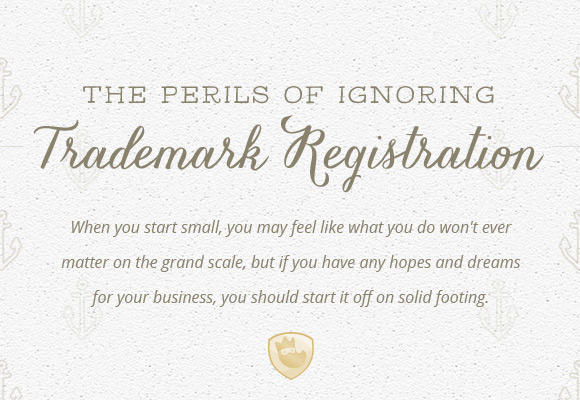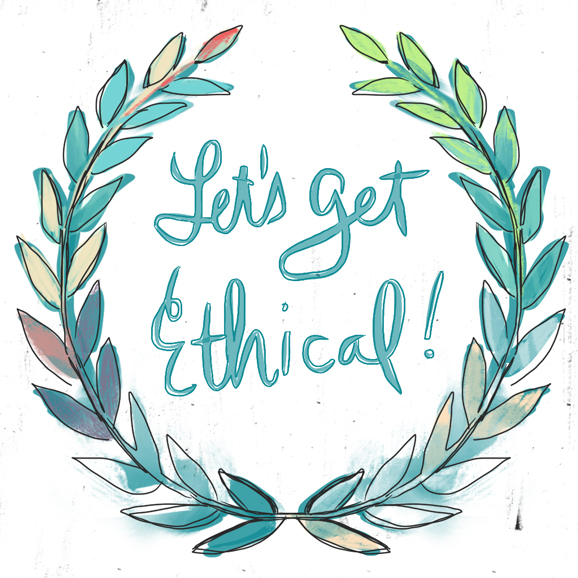Have you considered going through the trademark registration process? I run a web design studio, Aeolidia, and we just last week had a client get all the way to launching her new site when she discovered that a business in her field was using a name so similar to hers that she didn't feel comfortable going ahead, and we're now redesigning for her. I know that this is the kind … [Read more...] about Trademark Registration: What Happens When You Skip It
Legal
Don’t Be A Fool-Protect Your IP April 1st!
Tomorrow, it's both April Fools Day and "Don't Be a Fool!" Day. While everyone else is horsing around playing pranks on each other, we are going to tend to business. Are you ready? Right click to save your Don't Be A Fool badge designed by Abigail Page . Step 1: Register at least one copyright with the U.S. Copyright Office. If you did not have time to prep for a … [Read more...] about Don’t Be A Fool-Protect Your IP April 1st!
Taming The Infringement Beast (without straightjackets or spendy lawyers)
Let's Get Ethical image designed by Lauren Hardage for OMHG Ever felt as though you wouldn’t actually need your business if you only had a dollar for every time someone swiped a product picture or borrowed your web copy? You’re not alone. If you’ve been in business for more than a hot minute, you’ve probably come face-to-face with the Infringement Beast. He’s a nasty creature: … [Read more...] about Taming The Infringement Beast (without straightjackets or spendy lawyers)
Sweet Eventide’s Infringement Casestudy & Resources to Protect Yourself
Sweet Eventide's Loads of Ranunculus photograph shared with permission Editor's note: The lovely Jessica of Sweet Eventide started coming to our #OMHG chats recently and like always I visited her website to learn about the story behind the tweets. When I got there I immediately wanted her to visit us this month to share her struggle to get accountability from the big names … [Read more...] about Sweet Eventide’s Infringement Casestudy & Resources to Protect Yourself
The dotted line: what to look for when reviewing a contract
We're talking contracts here today! Unlike those mile long license agreements that you just scroll through and click "agree" on with glazed eyes (oh no, or is that just me?), if you're paying a service provider for their work, you are going to want to print their contract out and sit down and do your best to read and understand it. Unfortunately, contracts don't hold up well … [Read more...] about The dotted line: what to look for when reviewing a contract





